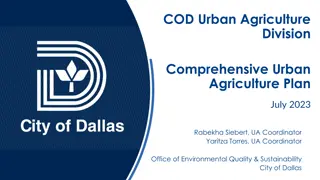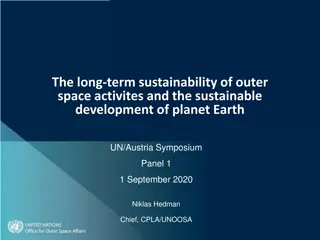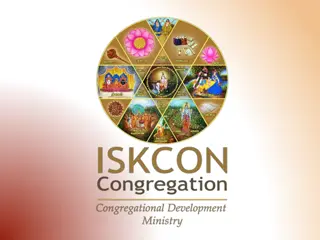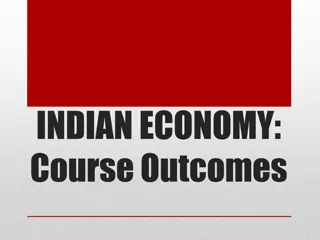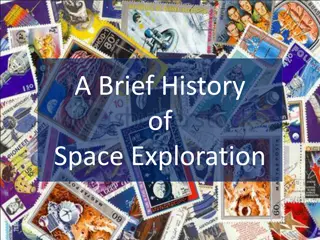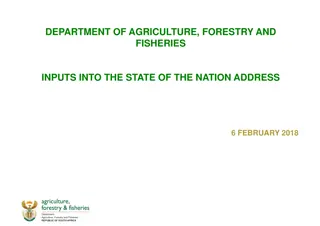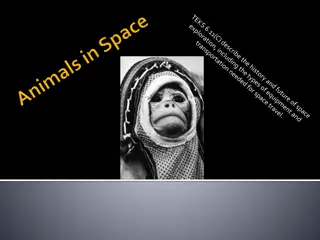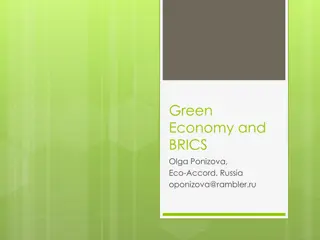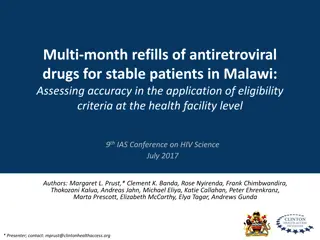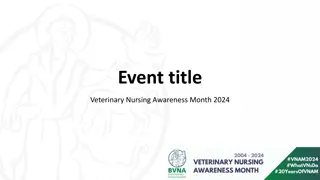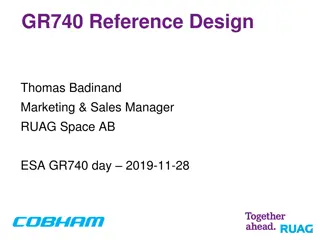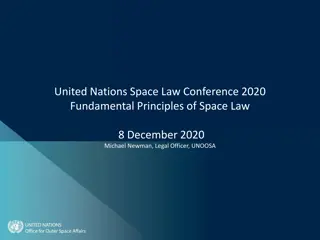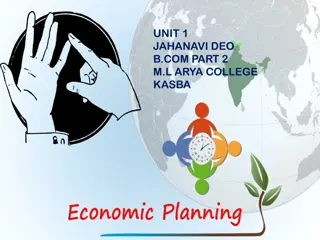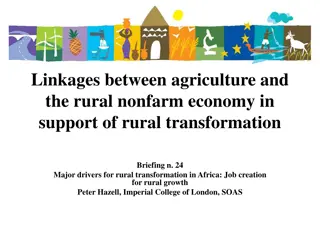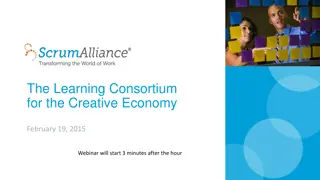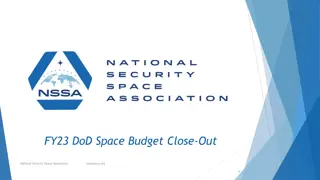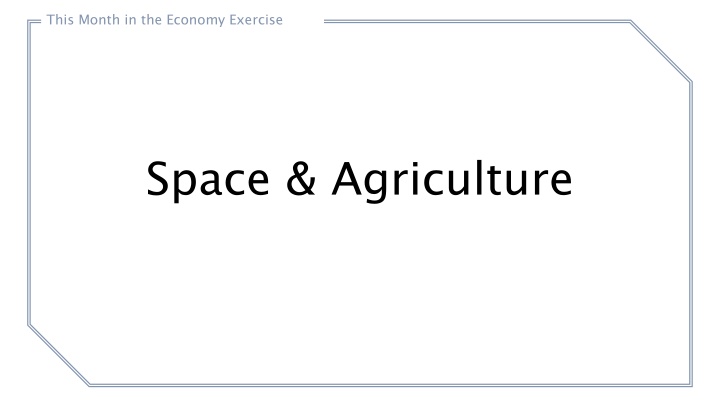
Insights into Satellite Crop Monitoring and Financialization in Agriculture
Explore the realm of satellite crop monitoring and financialization in agriculture, uncovering the modern technologies used by farmers and the impact on both the real and financial economy. Delve into satellite crop monitoring's role in assisting farmers, machinery producers, business owners, investors, and financial traders to manage crops, predict harvest times and yields, and make informed financial decisions. Discover the complexities of commodity futures trading and the concept of financialization in the agricultural sector.
Download Presentation

Please find below an Image/Link to download the presentation.
The content on the website is provided AS IS for your information and personal use only. It may not be sold, licensed, or shared on other websites without obtaining consent from the author. If you encounter any issues during the download, it is possible that the publisher has removed the file from their server.
You are allowed to download the files provided on this website for personal or commercial use, subject to the condition that they are used lawfully. All files are the property of their respective owners.
The content on the website is provided AS IS for your information and personal use only. It may not be sold, licensed, or shared on other websites without obtaining consent from the author.
E N D
Presentation Transcript
This Month in the Economy Exercise Space & Agriculture
Learning objectives Understanding the basic workings of satellite crop monitoring and commodity futures. Understanding what financialization is and reflecting upon it. 2
Modern technologies used by farmers Autonomous self-driving tractors Drones Satellites 3
Satellite crop monitoring: What is it? Real-time digital crop monitoring based on the observations of fields by satellites. This is a quicker and less labour-intensive way of monitoring when compared to normal assessment methods, where people visit the fields physically to make observations. 4
A key provider: Planet Labs Headquarters in Silicon Valley (US California) Founded in 2010 by former NASA scientists Initially financed by venture capital Since 2021 publicly traded on the New York Stock Exchange (Wall Street) with a total equity value of $1.3 billion as of Oct 2022. As of 2021 roughly: 200 satellites 500 employees 700 customers $130 million revenue $50 million gross profit 5
Satellite crop monitoring: What is it used for? Real economy: Helping farmers and machinery producers to manage crops and predict harvest times and yields. Financial economy: Helping business owners, investors, insurance companies, and financial traders and brokers to predict revenues, capital requirements, risk assessments, and market trends. 6
Commodity Futures Contract to buy, or sell, an agricultural product or raw material at a set price and date in the future. Trading is rarely done by farmers as the minimum trades are too large for them. Trading is instead done by financial actors and large corporations. Only 2% of futures contracts end in physical delivery. In the other 98% only money changes hands (FAO US, 2018). 7
Financialization Financialization: Increased size and importance of financial activities and entities in an economy in relation to its real economic activities and production. Example: A house becomes more of a financial investment compared to a home to live in. 8
Discuss in groups of 3 (or 4) What is the likely societal impact of using satellites for commodity futures trading? Think about financialization more broadly, for what financial speculation and trading purposes might other new technologies be used? Artificial intelligence Biotech Digital art Internet of things Other new technologies: 9

![Read⚡ebook✔[PDF] Linking the Space Shuttle and Space Stations: Early Docking Te](/thumb/21519/read-ebook-pdf-linking-the-space-shuttle-and-space-stations-early-docking-te.jpg)
![READ⚡[PDF]✔ Emerging Space Powers: The New Space Programs of Asia, the Middle Ea](/thumb/21554/read-pdf-emerging-space-powers-the-new-space-programs-of-asia-the-middle-ea.jpg)
